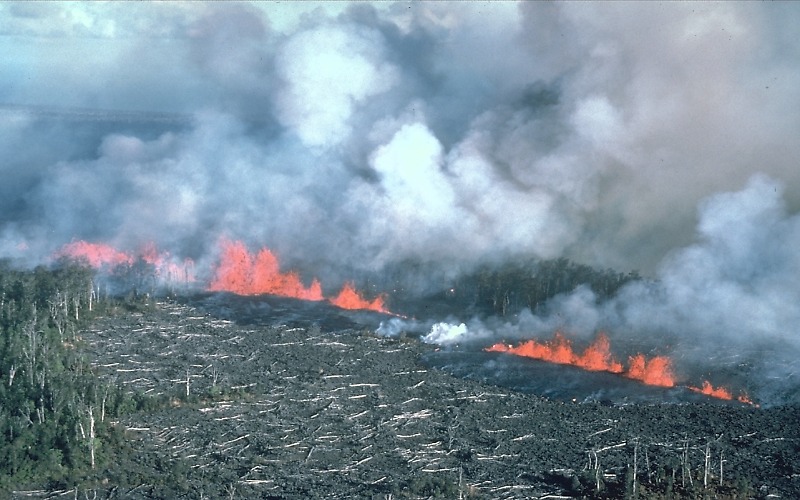
Kilauea Eruption Turns 31

On this day, 31 years ago, a 4-mile-long (6.4 kilometers) fissure on east rift zone of Hawaii's perennially active Kilauea volcano opened up, as opened up later giving rise to a fiery cone that shot fountains of lava into the air. This was the beginning of the Pu'u 'O'o eruption, the longest-lasting from the volcano's two rift zones since the 15th century.
The eruption has spewed enough lava to fill 1.5 million swimming pools. In 1990, flows from the eruption devoured the village of Kalapana Gardens, burying 100 homes beneath 50 to 80 feet (15 to 24 meters) of lava.
Scientists have constantly monitored the eruption and learned much about the workings of Kilauea. All the eruptive activity has also improved predictions of the path that lava flows will take. Just how long the eruption will continue, volcano watchers can't say.
Follow OurAmazingPlanet @OAPlanet, Facebook and Google+.
Get the world’s most fascinating discoveries delivered straight to your inbox.

